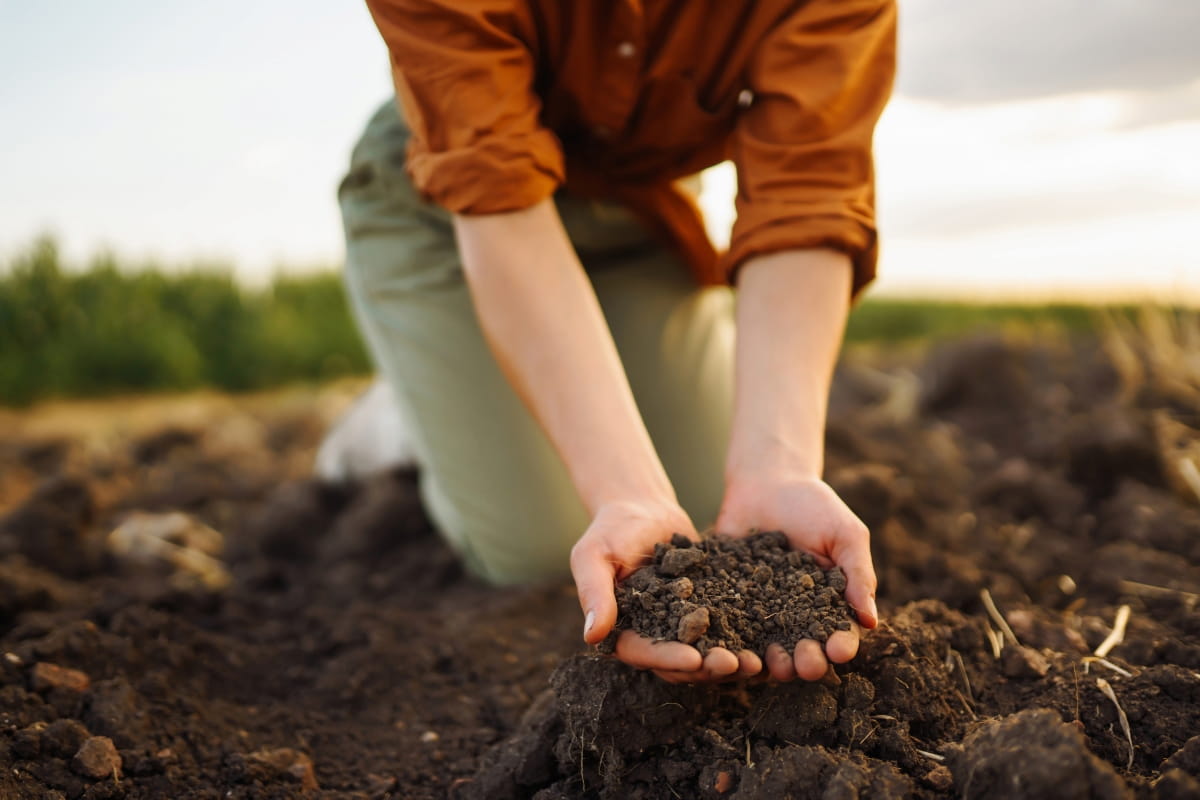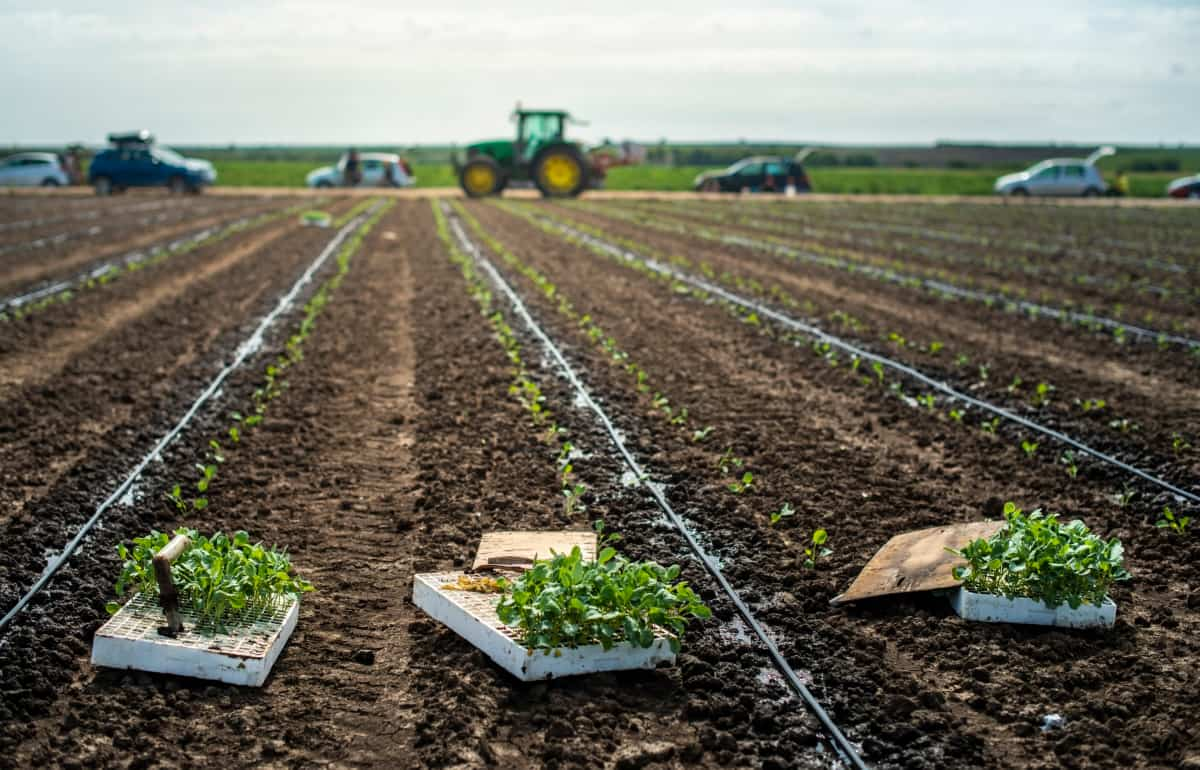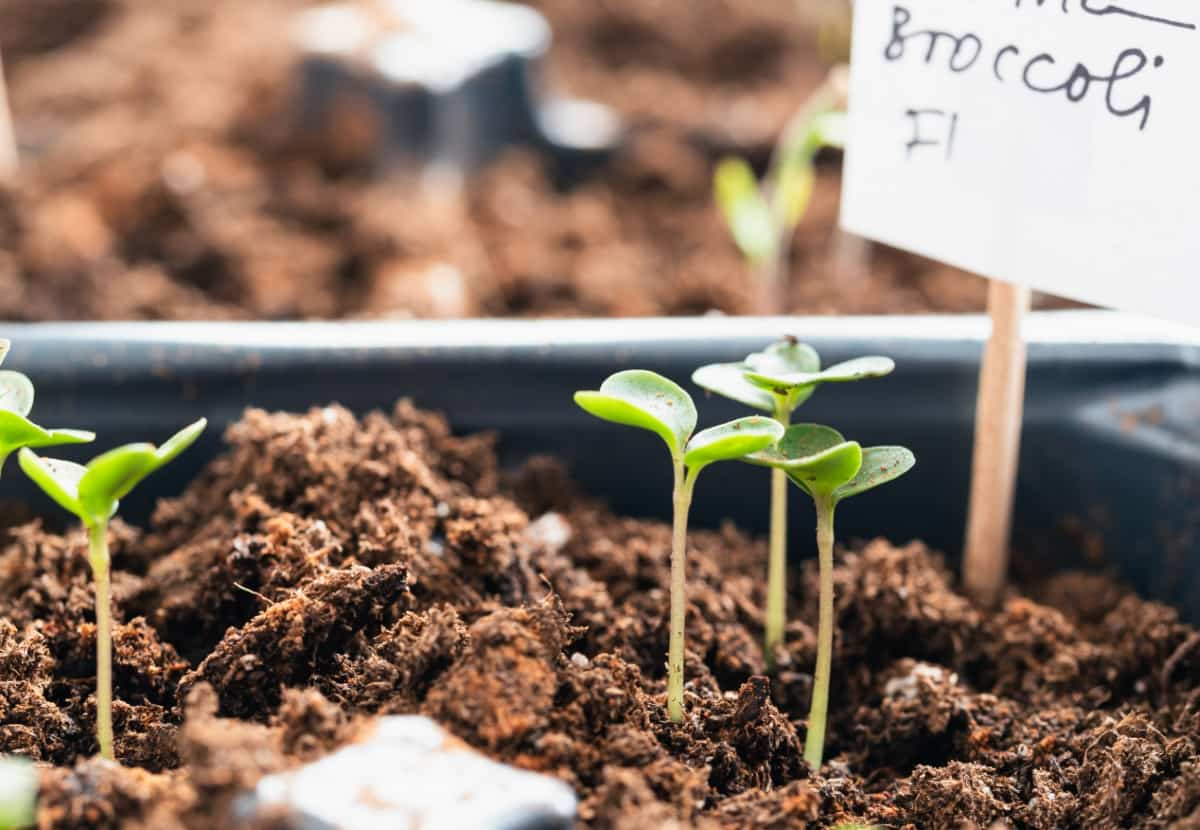Broccoli farming, known for its nutritional and commercial value, requires meticulous planning and management for successful cultivation. From preparing the ideal soil to implementing effective irrigation and mulching practices, every step plays a pivotal role in ensuring a healthy crop. Broccoli cultivation involves a range of techniques, including soil testing, crop rotation, and careful monitoring of soil health, all contributing to the crop’s growth and yield.

The objective of this article is to provide comprehensive insights into the various aspects of broccoli farming—from soil preparation to planting and maintenance practices. Understanding these elements is essential for farmers aiming for a high broccoli yield per acre, which directly influences the profitability of their farming venture.
Soil Preparation and Planting Steps in Broccoli Farming
Soil Requirements for Growing Broccoli
Broccoli cultivation demands specific soil conditions for optimal growth and yield. The soil ought to possess good drainage, fertility, and ideally, an organic-rich composition, maintaining a pH level between 6.0 and 7.0. This environment is crucial for attaining a high broccoli yield per acre, thereby enhancing broccoli farming profit. Avoiding heavy, clay-like soil is vital as it hampers drainage, leading to waterlogging, which can negatively affect the broccoli crop duration and health. The proper soil composition is essential for both healthy broccoli growth and the overall success of broccoli farming.
Test Your Soil Before Starting Broccoli Plantation
Testing your soil before starting broccoli plantation is a critical step in broccoli farming. This process involves analyzing the soil’s pH level and nutrient content, which are fundamental for successful broccoli cultivation. Soil testing informs the farmer about the necessary amendments or fertilizers, tailoring the soil conditions to meet broccoli’s specific needs. This preparatory step is indispensable as it lays the foundation for a healthy crop, influencing the broccoli crop duration, yield per acre, and ultimately the profitability of broccoli farming.
Prepare the Soil for Broccoli Cultivation
Preparing the soil for broccoli cultivation is a meticulous process. It involves tilling the soil to a fine texture, which aids in proper root development and nutrient absorption. Adding organic materials like compost or well-decomposed manure improves the soil quality, which encourages robust broccoli growth. This step is crucial for improving soil fertility and structure, ensuring an environment conducive to high broccoli yield per acre. Effective soil preparation is a cornerstone in broccoli farming, significantly impacting the crop’s health and the ensuing broccoli farming profit.
Choose the Right Planting Site for Broccoli
Choosing the right planting site is pivotal for broccoli farming. The ideal location receives full sunlight, which is crucial for the growth and development of broccoli. An area with good air circulation is also essential, as it helps prevent fungal diseases. The site should be away from trees and shrubs, which compete for nutrients and water essential for broccoli cultivation. A well-chosen site not only optimizes the broccoli crop duration and yield but also plays a significant role in the overall success and profitability of broccoli farming.
In case you missed it: How to Grow Broccoli in a Hydroponic System: Way of Growing Broccoli without Soil

Steps for Soil Amendment and Fertilization in Broccoli Farming
The steps for soil amendment and fertilization in broccoli farming are integral to the cultivation process. Adding balanced fertilizers rich in nitrogen, phosphorus, and potassium nourishes the broccoli plants, ensuring robust growth. Periodic soil tests guide the fertilizer application, maintaining optimal nutrient levels. Additionally, incorporating organic matter improves soil texture and fertility. These steps are critical in achieving a high broccoli yield per acre, directly influencing the profitability of broccoli farming.
Implement Crop Rotation Practices for Broccoli Cultivation
Implementing crop rotation practices is a sustainable approach to broccoli cultivation. Rotating broccoli with non-brassica crops helps in reducing soil-borne diseases and pests. This practice also aids in maintaining soil fertility and structure, which is essential for broccoli farming. Crop rotation is a strategic move to ensure continuous productivity and high broccoli yield per acre, contributing significantly to the profitability of broccoli farming.
Planting Techniques and Spacing for Broccoli
The planting techniques and spacing for broccoli are crucial for optimal growth and yield. Seeds should be sown at a depth of about half an inch, and seedlings should be transplanted when they are strong enough. Proper spacing, generally 15-18 inches apart in rows, allows adequate room for growth and air circulation, reducing the risk of disease. These techniques are vital in managing the broccoli crop duration and maximizing yield per acre, which are key factors in the profitability of broccoli farming.
In case you missed it: 10 Best Different Varieties of Broccoli to Grow in the Home Garden

Irrigation and Water Management in Broccoli Farming
Irrigation and water management are crucial in broccoli farming, ensuring the plants receive the right amount of water at the right time. Broccoli requires consistent moisture, especially during the head formation stage, to produce high-quality crops. To maintain the health and duration of the broccoli crop, it is essential to refrain from excessive watering, which can result in root diseases.
Drip irrigation is an efficient method, providing water directly to the roots and minimizing water wastage. Proper water management is essential for maintaining soil health, influencing the broccoli yield per acre, and ultimately impacting the profitability of broccoli farming.
Best Mulching Practices for Broccoli Crop
Mulching is a beneficial practice in broccoli cultivation, offering multiple advantages. Organic mulches, like straw or grass clippings, aid in preserving soil moisture, regulating soil temperature, and preventing weed growth. Mulching also contributes to soil health by adding organic matter as it decomposes. It is important to apply mulch after the soil has warmed up to avoid slowing down the growth of broccoli. Consistent mulching practices can lead to healthier plants, potentially increasing broccoli yield per acre and enhancing the overall success of broccoli farming.
Monitor and Maintain Soil Health in Broccoli Farms
Monitoring and maintaining soil health is fundamental in broccoli farms. Regular soil testing is crucial to assess nutrient levels and pH, ensuring the soil remains conducive for broccoli cultivation. Adding organic matter and practicing crop rotation help maintain soil structure and fertility. Protecting the soil from erosion and compaction is also important for sustaining a healthy growing environment.
In case you missed it: Best Practices to Grow Broccoli Organically: Broccoli Organic Farming Methods

Maintaining soil health is key to achieving a high broccoli yield per acre, which is a significant factor in the profitability of broccoli farming. By regularly monitoring and taking steps to improve soil health, farmers can ensure the long-term sustainability of their broccoli cultivation efforts.
Conclusion
successful broccoli farming is a result of careful planning, appropriate soil management, and consistent cultivation practices. The aspects covered in this article—from soil requirements and preparation to irrigation, mulching, and soil health maintenance—are integral to achieving a thriving broccoli crop. By adhering to these practices, farmers can significantly influence the broccoli crop duration, yield per acre, and overall profitability.
It’s clear that each step, whether it’s choosing the right site, employing effective planting techniques, or implementing sustainable farming practices like crop rotation and mulching, plays a crucial role in the holistic development of the broccoli crop. Ultimately, the dedication to maintaining soil health and adapting to the crop’s needs can lead to successful and sustainable broccoli cultivation.
- Ultimate Guide to Ossabaw Island Hog: Breeding, Raising, Diet, and Care
- Ultimate Guide to Juliana Pig: Raising Facts, Size, Diet, Care, and Lifespan
- Raising Lleyn Sheep: Disadvantages, Price, Uses, Characteristics, and Care
- Ultimate Guide to Meishan Pig: Breed Facts, Breeding, Raising, and Care
- Ultimate Guide to Teacup Pigs: Raising, Diet, Lifespan, Cost, and Care
- Guide to Raising Poll Dorset Sheep: Facts, Profile, Characteristics, Uses, and Care
- Ultimate Guide to Bighorn Sheep: Characteristics, Diet, Lifespan, Breeding, and Lifecycle
- Ultimate Guide to Raising Katahdin Sheep: Farming Facts, Breed Profile, Uses, and Care
- Ultimate Guide to Raising Oreo Cows: Belted Galloways Farming Facts, Profile, Uses, and Care